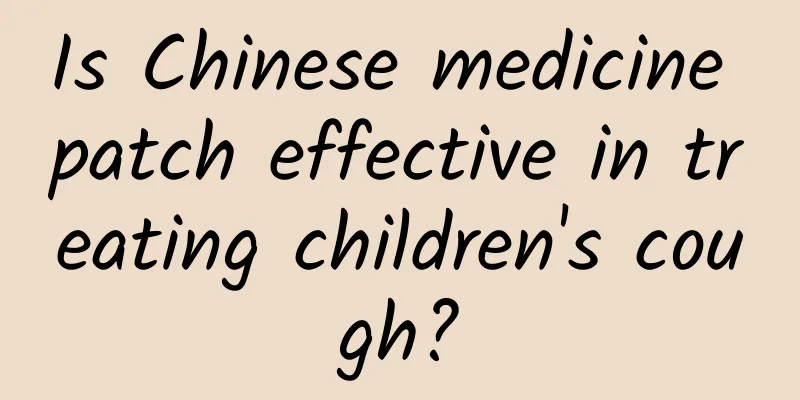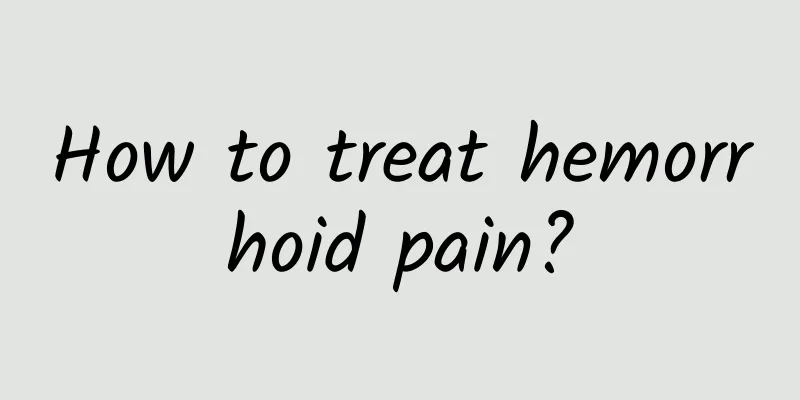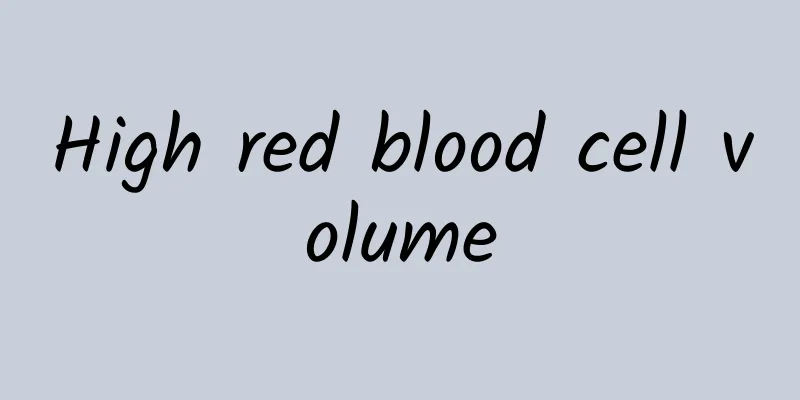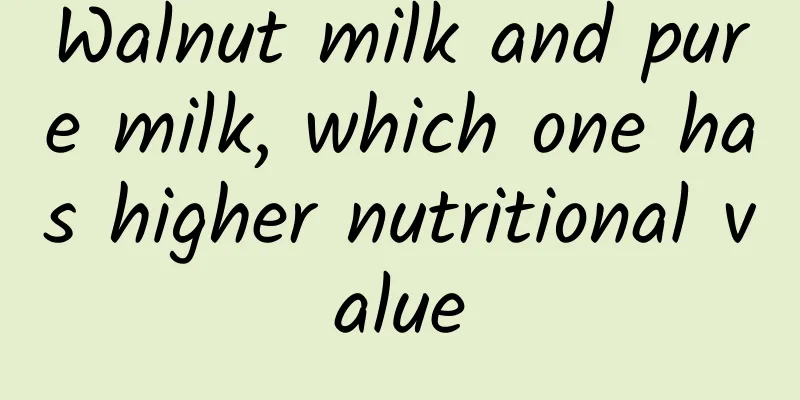Is Chinese medicine patch effective in treating children's cough?

|
Chinese medicine patches have a certain effect on the treatment of children's coughs. We know that children's coughs are relatively common in life. If the cough occurs frequently, it will have a greater impact on the child's health. At this time, the child is young, so you must be careful about the use of medication and understand some taboos. Chinese medicine patches have relatively few side effects, and you can use this drug treatment under the guidance of a doctor. Is Chinese medicine patch effective in treating children's cough? There is a certain effect. Dry and grind almonds, Fritillaria cirrhosa, ephedra and salt into fine powder respectively. After grinding the salt, heat it in a pot. Sprinkle the roasted salt and powder evenly on the plaster (either analgesic plaster or black plaster). The plaster mainly plays a fixing role. Then apply it to the Tanzhong and Feishu points between the lungs, 1 patch per day, 3 days as a course of treatment. Almond is an important medicine for relieving cough and asthma, Fritillaria cirrhosa is good at moistening the lungs, relieving cough and reducing phlegm, and ephedra can enhance the anti-asthmatic effect. Herbal books of all dynasties state that "Ephedra is a special medicine for the lung meridian and is often used to treat lung diseases." Salt can clear away heat and dissipate cold, and guide the medicine into the body. The above medicines are combined and applied to the acupuncture points. The meridian points spread from the surface to the inside. Tanzhong point is the meeting point of Qi, which can regulate Qi, reduce adverse effects, resolve phlegm and open up the orifices. The Feishu point is the back-Shu point of the lung, and is an important point for treating cough and asthma. This therapy stimulates the acupuncture points from the outside to the inside, dispersing and moving the medicine so that it reaches the diseased area directly. The medicine is specific, the therapeutic effect is significant, and no adverse reactions are observed. Nursing intervention methods ① Pre-medication care: Ask the child's parents about the child's history of allergies to Chinese medicine. Remember that Chinese medicine should be prepared and used immediately. It is forbidden to use Chinese medicine ointments that have been stored for too long to avoid drug deterioration due to hot weather. Before applying the patch, wipe off the sweat on the skin and keep the skin dry. When applying the patch, expose the acupoints and make relevant marks. Align the prepared patch with the acupoints and fix them. Explain the length of the application time to the parents of the child. ② Care during the application period: Instruct the child to rest, avoid extensive activities, avoid fatigue, and do appropriate physical exercise. Pay attention to keeping warm, avoid the stimulation of cold air, and prevent respiratory infections. Pay attention to observe the condition of the disease during treatment. Pay attention to observe the general condition of the child during the application of Chinese medicine. Some children will feel itchy, hot, and slightly painful after applying the medicine. If it is within the tolerable range, it is normal. Skin pigmentation after application is a normal reaction. A few children may have blisters, rashes and itching on their skin. When such symptoms occur, the children should be told to avoid scratching, and the Sanfu plaster should be torn off immediately. Calamine lotion can be applied locally to prevent infection. ③ Post-medication care: After the Chinese medicine patch is applied, the child should eat mainly light and easily digestible food, and eat less raw, cold and hard food; avoid seafood, hair-raising foods and spicy and irritating foods; when cold asthma occurs, you can eat warm and nutritious foods, such as hen stewed with ginseng; pay attention to keeping the bowels open. After removing the Chinese medicine patch, pay attention to keeping the skin clean. You can do local scrubbing or bathing, but do not rub it hard. After showering, use a towel to absorb the water stains on the acupuncture points. Generally, after removing the Chinese medicine patch, local skin flushing and a warm feeling will occur. If the skin flushes significantly and the heat and pain are severe, blisters may appear. Small blisters that are densely packed do not need to be treated. Avoid local friction to prevent rupture. If larger blisters appear, routine disinfection should be performed, and the exudate should be extracted with a syringe to keep the skin dry to prevent infection and reduce the time for the next acupoint application. |
>>: What are the antipruritic ointments for children?
Recommend
What to do about silicosis? Treatment and prevention should be emphasized
If silicosis is not treated promptly and scientif...
Acute mumps symptoms
Mumps is a respiratory infectious disease caused ...
Can pregnant women drink hawthorn water?
Hawthorn is a fruit we often eat. Its most obviou...
What causes palpitations?
Palpitations are what we usually call heart panic...
What to do if you lose weight due to liver disease
There are many patients with liver disease in our...
How to eat hibiscus flowers
Hibiscus flowers are generally pink, with relativ...
What to do if the upper jaw is burned and peeled
The palate is actually a relatively fragile area,...
What are the symptoms of low potassium?
If there are too many potassium ions in the body,...
What are the consequences of hysterectomy on women?
We know that the uterus is where the baby is conc...
Does looking at your hands mean your baby is mentally retarded?
If a baby often looks at his hands, it is not a s...
The efficacy and function of arrowroot powder
Many people don’t know much about arrowroot powde...
How is the accessory placenta formed?
The placenta is not the place where the baby rest...
What disease does leg shaking indicate?
Leg tremors are quite common in our daily life, a...
What are the symptoms of placenta growth?
When the fetus is two or three months in the moth...
Avascular necrosis of the femoral capital epiphysis
Avascular necrosis of the femoral capital epiphys...









